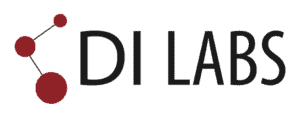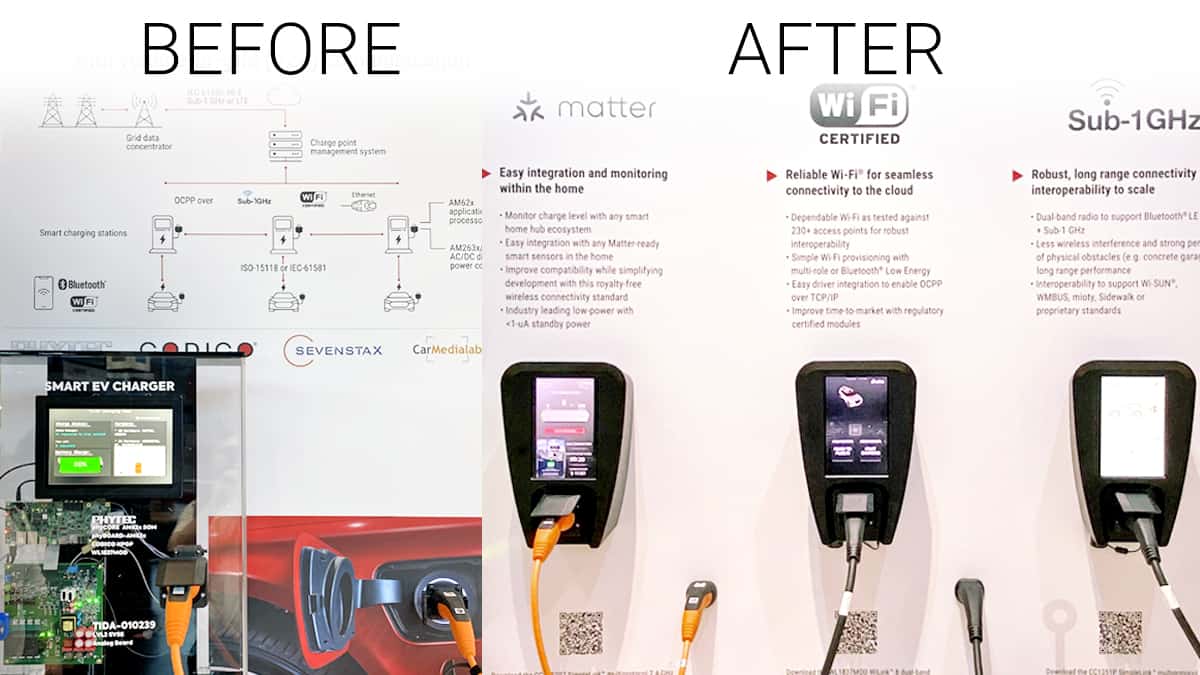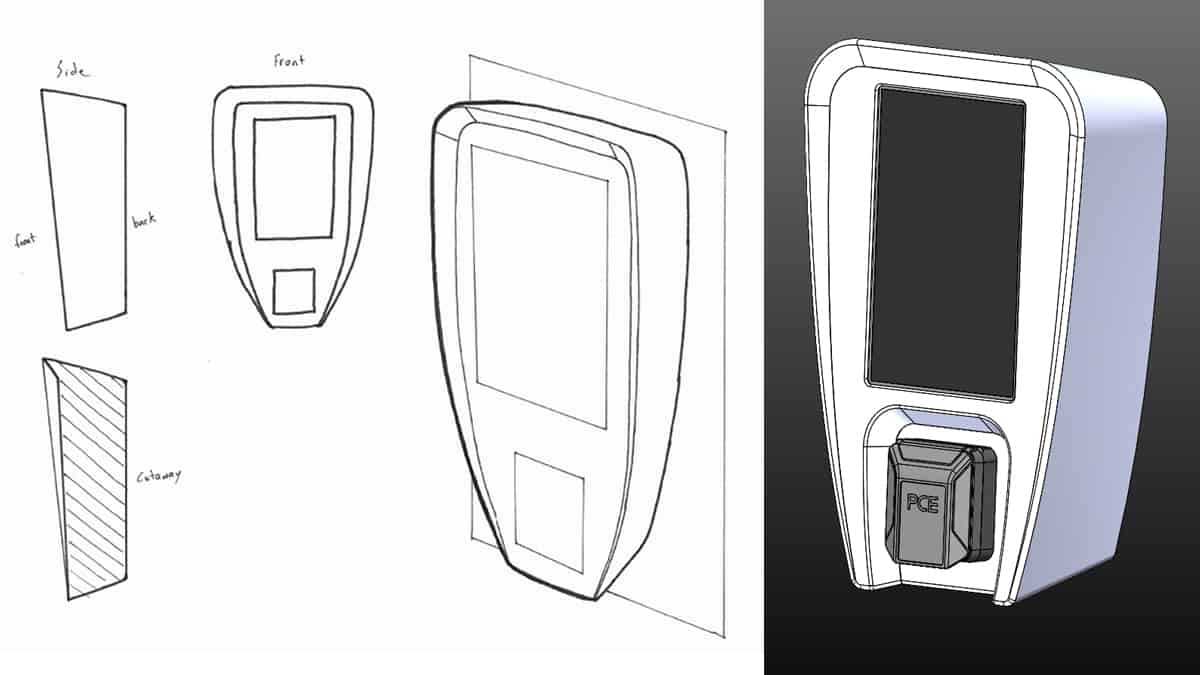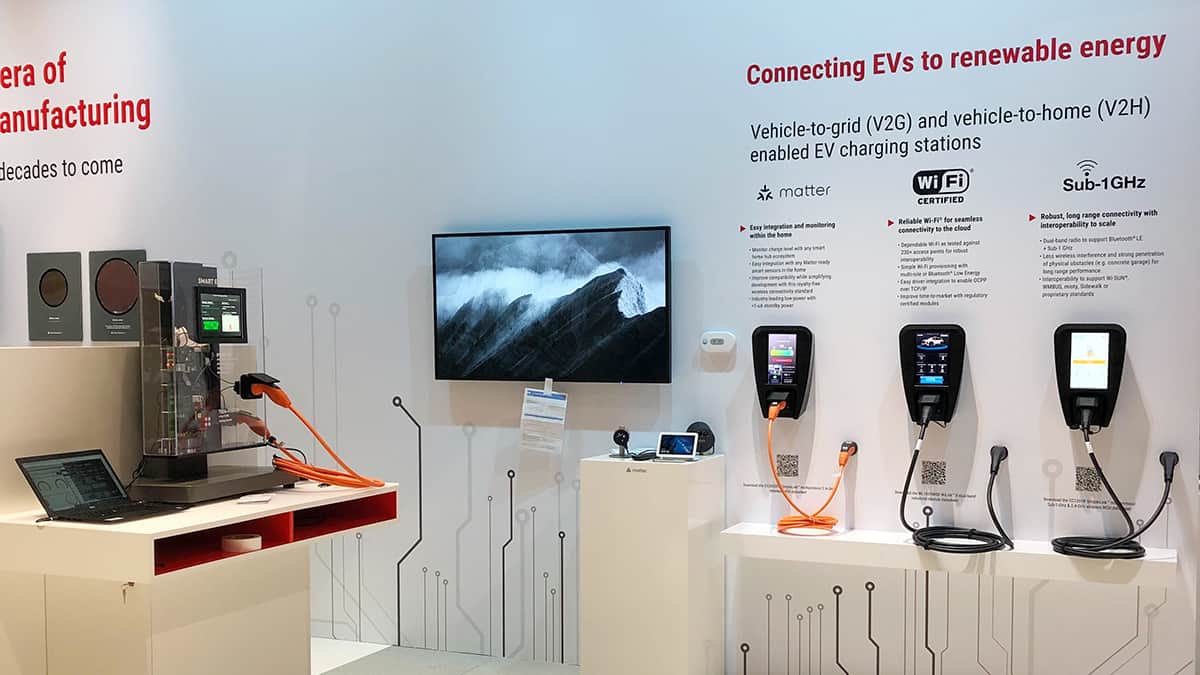An EV Charger Housing from Concept to Production in Eight Days
The new housing has the quality and appearance of injection molding, allowing PHYTEC to create a user experience that drives sales.
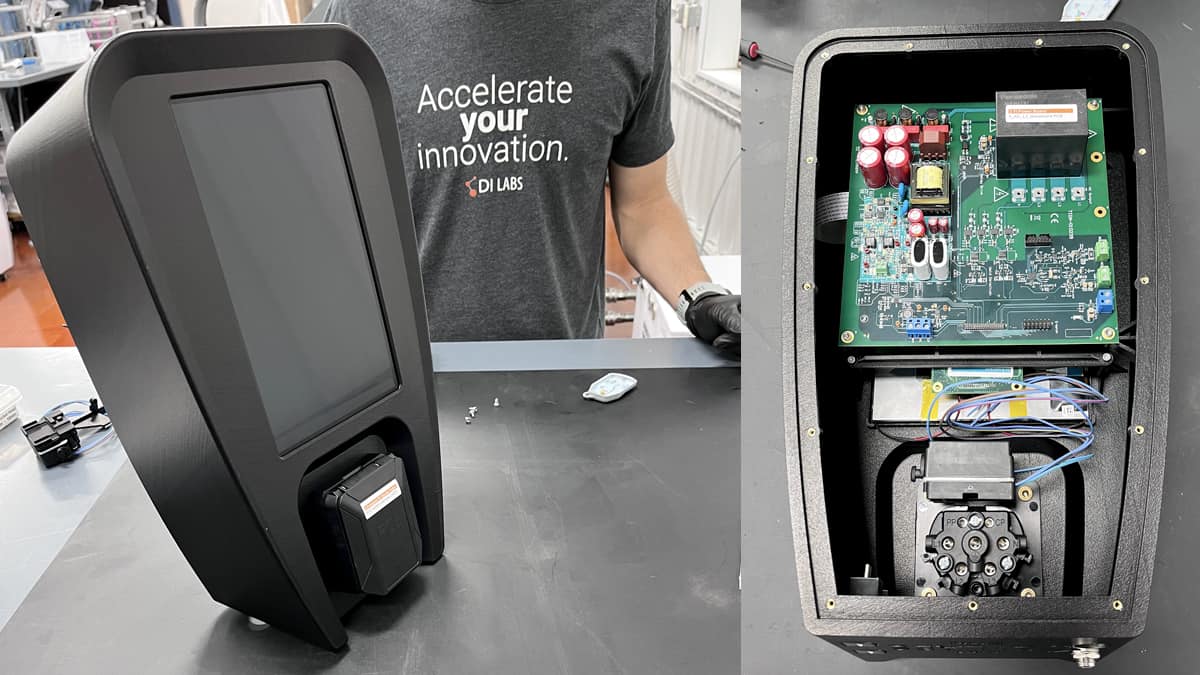
Project Brief
PHYTEC contacted DI Labs with an urgent need: they had developed a state-of-the-art cloud-connected EV charging solution, but needed a housing for demonstration purposes.
PHYTEC is an industry-leading provider and integrator of System on Modules (SOMs) which are core components of an embedded processing system. In 2022, they developed software and chipset for EV chargers that included Texas Instruments components. When they contacted DI Labs, they had been displaying their new product in a fabricated acrylic housing that was functional and showcased the internal components but did not look like a standard EV charger. In order to create meaningful engagement with customers, PHYTEC determined they needed to create a more refined user experience with a housing designed for the end-use application.
Initially, PHYTEC pursued injection molding for the housing because they wanted an injection-molded appearance with aesthetic refinement in alignment with current market trends. But they quickly discovered that injection molding wasn’t time or cost effective, especially considering they didn’t have a product design and needed a solution in a few weeks. Working with PHYTEC’s Engineering Services Manager, we established the project scope and design constraints and then got to work. The DI Labs industrial design team went from concept sketches to a final housing design and prototype that met the functional and manufacturing requirements. Special considerations were made for assembly, tradeshow display, and setup/teardown.
The total process was executed in eight days with the housing prototype as the outcome. We went on to produce several more housings for functional demonstration and PHYTEC discovered remarkable results. The new housing has the quality and appearance of injection molding allowing PHYTEC to create a user experience that drives engaged sales discussions.
PHYTEC’s dilemma was so common to what so many innovative companies face: effectively bridging the gap between a new product and its final application so customers can connect more deeply with it, see its potential and appreciate its value. Additive manufacturing is a perfect tool to solve these problems because of the responsiveness and high-quality surface finishes available.
Project Details
- Design & prototype in 8 days
- Unique functional requirements
- Industry-specific design expectations
- Immediate need for low-volume production of additional parts
- Multi Jet Fusion
- Nylon PA12
- PostPro Vapor Smoothing
- Dyeing
- Heat Staked Inserts
- Industrial design
- DFAM
- Prototype
- Low-volume production
- Sheet metal fabrication
